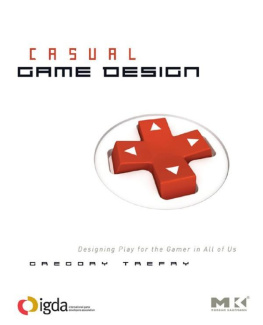Chapter 1. Definitions, Definitions
The world of game design has been swamped in a madcap array of terminology. We've got videogames, computer games , and just plain old games. We've got sims, shooters, and RPGs. Even the basic terminology is difficult to make sense of. My dictionary uses 6.5 column inches to define game and 12 column inches to define play . Meanwhile, it takes only 3 column inches to define such a common verb as eat and only 1 column inch to define food . Our concepts of games and play are spread out all over the intellectual world; they're almost as blandly overgeneralized as the all-purpose, one-size-fits-all verbs get and go (14 column inches each). With this anarchic mob of terms jabbering at us, it's easy for confusion to arise. I must therefore prepare you by defining what I mean by various terms. I don't claim that my definitions are, well, definitive; I'm sure that other people put different spins on some of these terms. I can only explain how I shall use the terms in this book.
puts a variety of terms into perspective.
Figure 1.1. Taxonomy of creative expressions.
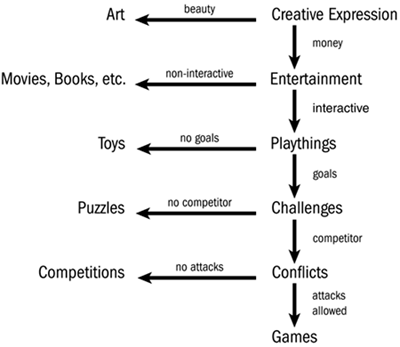
Let's step through this diagram item by item. The top entry, creative expression , is certainly broad enough to include all works that could possibly be of interest to us. It is broken down by the question, What is the primary motivation of the creator? If the creator's primary goal is to make money, then I call the result entertainment . If the creator's primary goal is to make something that is beautiful, then I call it art. My distinction is crude, I confess, but it works for me. There are lots of other, better definitions of art, but the simple-mindedness of this definition appeals to my simple mind.
We turn away from art to examine entertainment. I break this down based on the question, Is it interactive? If not, then our entertainment belongs in the same class with movies, books, plays, and all that crowd. There are plenty of people who can do that stuff brilliantly; let's keep moving.
I use the loosey-goosey term plaything to refer to interactive entertainments of any kind. Okay, it's not an impressive term, but it'll have to do. With playthings, the dividing question is, Is there a defined goal associated with the use of this item? If not, then I call it a toy . A player uses a toy in an unstructured fashion, without pursuing an explicit goal. This does not mean that the player's actions are arbitrary, for the player can still be engaged in exploratory play, determining in some fashion the behavior of the toy. The player's exploration may indeed show some structure, but this structure is not directed toward the satisfaction of any goal other than the determination of the behavior of a system. For example, a child may play with a crawling insect as a toy by attempting to determine the insect's response to various obstacles that the child places before the insect. The child may follow a methodology of his own devising and still be said to be using the insect as a toy. However, if the child sets himself the goal of confining the insect to a defined region, then the insect is no longer a toy. Examples of software toys are SimCity and The Sims .
But if you are pursuing some defined goal, then I call the activity in question a challenge . You are pitting yourself against some problem. I break down challenges with the discriminating question, Is there an active agent against whom you compete? Now, this gets us into some tricky matters of perception. Just what constitutes an active agent? We normally think of humans as our active agents, but computers have blurred the issue. When you play against a computer, you're not playing against a human being, but the algorithms against which you compete sure do seem humanespecially when they outwit you!
We can solve this problem by reducing it to simpler levels. Consider a child playing with a ball. The ball's behavior is unusual from the child's point of view. According to child physics, things fly away when you throw them, but a ball bounces back! This violates child physics; therefore, it cannot belong to the class of objects that obey the laws of child physics. Since it cannot belong to the class of inanimate objects, it must instead belong to the only other class of object the child knows: the class of animated objects such as people and animals. The ball appears to the child to possess a limited kind of free will and is therefore perceived as an active agent. Thus, the issue turns on the perception of the user, and the critical question becomes, Does there appear to be an active agent against whom you compete? If the answer is no, then I call the activity in question a puzzle ; otherwise, it's a conflict. The difference between a puzzle and a conflict is purely subjective. Most of the simpler videogames appear initially to be games, but after some amount of use, the player recognizes the algorithms at work and the activity becomes a puzzle rather than a game. It's all in the perception of the player.
Conflicts are challenges with purposeful opponents. There are two subclasses of this class: competitions and games . They are differentiated by the ability of the opponents to impede each other's performance by some form of attack, which could be quite indirect or abstract. If the opponents are constrained from impeding each other and instead devote the entirety of their attentions to optimizing their own performance, then the conflict is a competition , such as a race. It is against the rules of a race for the racers to take direct action against each other (such as tripping, stabbing, and mudslinging). If such actions are permitted, then the activity is no longer a pure race, but has been transmogrified to a game.
This leaves games as conflicts in which the players directly interact in such a way as to foil each other's goals. In other words, if you can shoot back at the other guy, and he shoots at you in a manner that convinces you that he's out to get you, then it's a game. Of course, the shooting need not be with bullets; a game could have two players engaged in subtle political maneuvering against each other.
There are plenty of other definitions of the term game. Kevin Maroney defines it as A form of play with goals and structure, which comports nicely with my diagram.
Greg Costikyan offers this definition:
A game is a form of art in which participants, termed players, make decisions in order to manage resources through game tokens in the pursuit of a goal.
This conflicts with my definition in that it unreservedly defines games to be an art form, while I maintain that games are a form of entertainment. However, definitions of art fall outside the pale of reasoned discussion; each of us has our definition of art and I will not attempt to force my own simplistic definition onto the reader. Fortunately, the clarity of my overall definition of terms is not diminished by simply lopping the top line from the diagram.
Greg's reference to a goal for the game certainly comports well with my definition. The reference to game tokens strikes me as a throwback to the days of boardgames, although if taken metaphorically to mean any old game elements, then I suppose it doesn't hurtbut it doesn't seem to add much, either. Similarly, the reference to managing resources sounds like a strategy gamer's approach to the problem, but when taken with a strong dose of terminological indulgence, it can be applied to most game activities. And explaining that participants are players reminds me of Johnson's definition of net.
Eric Zimmerman defines game this way:
An activity with some rules engaged in for an outcome.

![Chris Crawford [Chris Crawford] Chris Crawford on Game Design](/uploads/posts/book/119438/thumbs/chris-crawford-chris-crawford-chris-crawford-on.jpg)
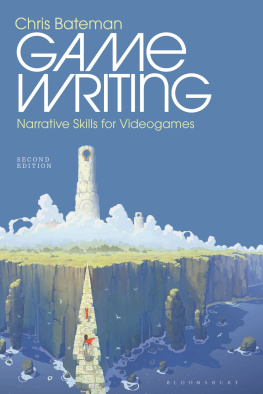
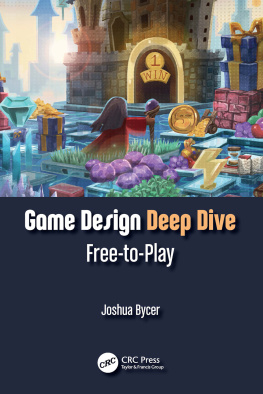
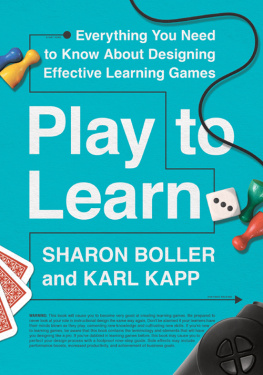
![Tracy Fullerton [Tracy Fullerton] - Game Design Workshop, 3rd Edition](/uploads/posts/book/119440/thumbs/tracy-fullerton-tracy-fullerton-game-design.jpg)
![Jesse Schell [Jesse Schell] - The Art of Game Design, 2nd Edition](/uploads/posts/book/119435/thumbs/jesse-schell-jesse-schell-the-art-of-game.jpg)
![Ethan Ham [Ethan Ham] - Tabletop Game Design for Video Game Designers](/uploads/posts/book/119417/thumbs/ethan-ham-ethan-ham-tabletop-game-design-for.jpg)
![Chris Bateman [Chris Bateman] - Beyond Game Design: Nine Steps Toward Creating Better Videogames](/uploads/posts/book/119409/thumbs/chris-bateman-chris-bateman-beyond-game-design.jpg)


